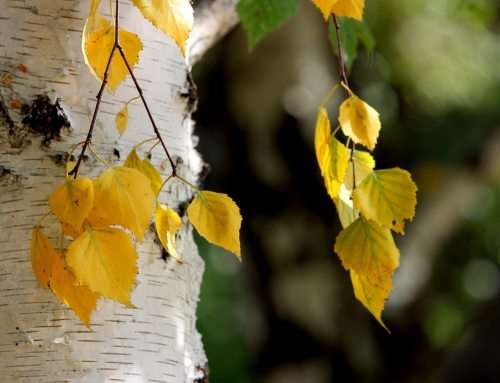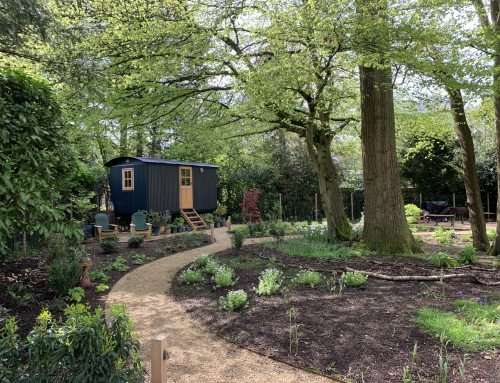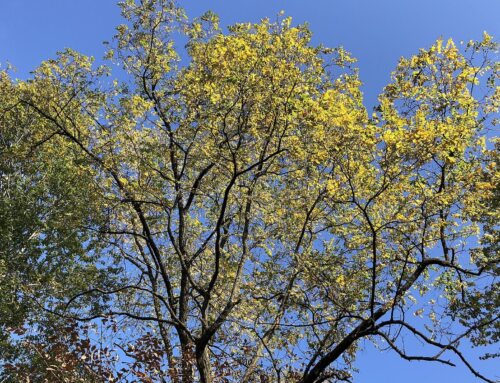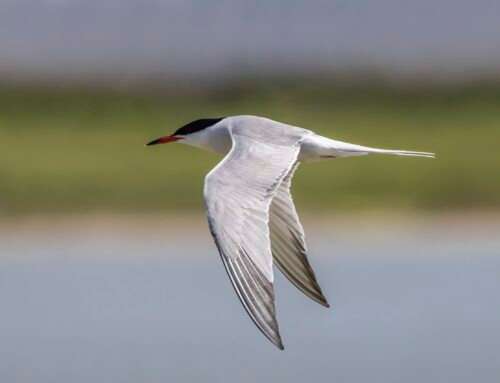Winter Bird Species

By Elliot Williams (Ecological Consultant)
Many people associate the UK’s migrant bird species with the springtime when breeding birds make their journeys from southern Europe and Africa. However, many bird species also make a seasonal trip to the UK during our colder months. Our isles are an important refuge for species that typically breed in colder regions such as Scandinavia and Eastern Europe. Our comparatively mild climate shelters birds from harsh weather conditions and provides more reliable food resources. The following blog outlines five bird species that you may spot over the coming winter months.
Fieldfare Turdus pilaris
This is a larger thrush and has more of a grey colouring. Its habits are similar to the Redwing and the two species will often be spotted flocking together in orchards, hedgerows and open grassland. Winter berries favoured by Fieldfare include Rowan Sorbus aucuparia, Juniper Juniperus communis, Elder Sambucus nigra, Hawthorn and Holly Ilex aquifolium.
Fieldfare are another widespread species during the UK winter, with an estimated population of 680,000. One or two breeding pairs are recorded in Scotland or Northern England each year.
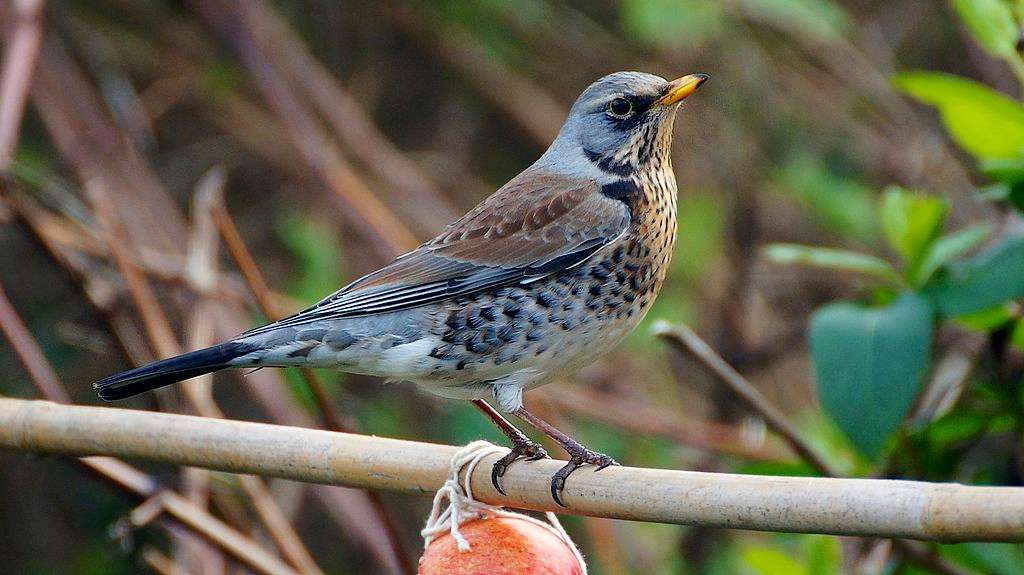
Redwing Turdus iliacus
This is a small thrush with a distinctive cream-white stripe over both eyes. This particular species favours hedgerows and orchards for feeding but will commonly forage within areas of short grassland too. Winter berries, particularly Hawthorn Crataegus monogyna, are a vital source of food. They are frequently heard at night during migration season, with thin ‘seeip’ calls.
Redwings are widespread in the UK during winter with an estimated population of 690,000. The breeding population in Scotland is much smaller, with under 40 resident pairs each year.
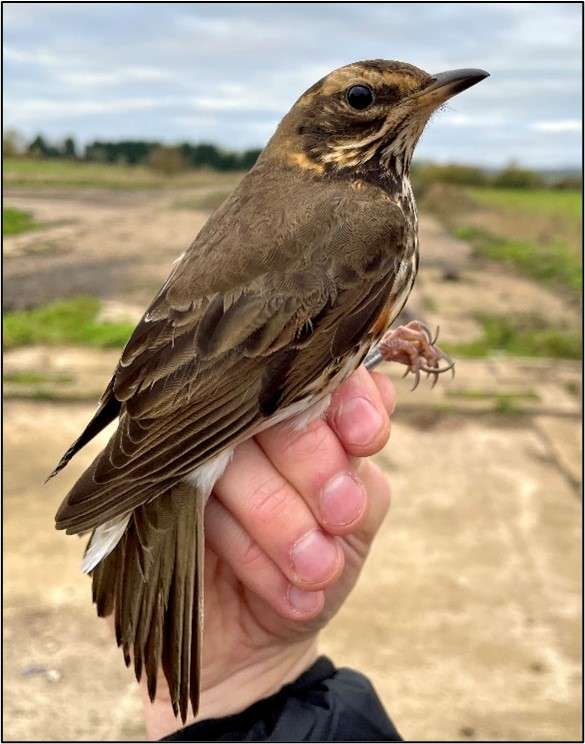
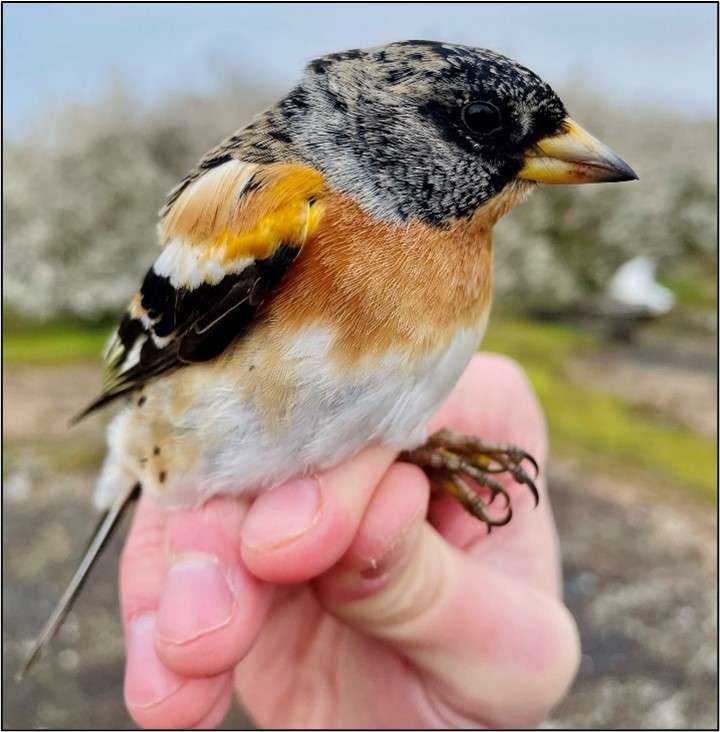
Brambling Fringilla montifringilla
A member of the finch family which can often be mistaken for Chaffinch Fringilla coelebs. Brambling can be separated from Chaffinch by their orange ‘shoulders’ and partially yellow bill. The males often retain remnants of their striking black head and back which is part of their breeding plumage. Brambling chiefly feed on seeds at ground level during winter and particularly favour beechmast. Their flocks populate near rich feeding resources and are often found in Beech Fagus sylvatica woods, farmland and gardens.
UK and Ireland populations of Brambling fluctuate between 45,000 and 1.8 million. Their flocks can be large, with a Merseyside flock in 1981 containing approximately 150,000 birds. The largest flock of Brambling ever recorded was during the winter of 1952-1953 in Switzerland which was estimated at 70 million birds.
Short-eared Owl Asio flammeus
A medium-sized owl with striking yellow eyes contrasting against a black eye ‘mask’. The Short-eared Owl is unusual in that it hunts frequently during daylight hours. This species hunts low over moorland, salt marsh and rough grassland for Field Vole Microtus agrestis and other small rodents.
The short-eared Owl is a resident breeding bird and its population varies considerably according to the volume of prey available. It is easier to find during the winter as UK numbers are boosted by birds from Scandinavia, Russia and Iceland.
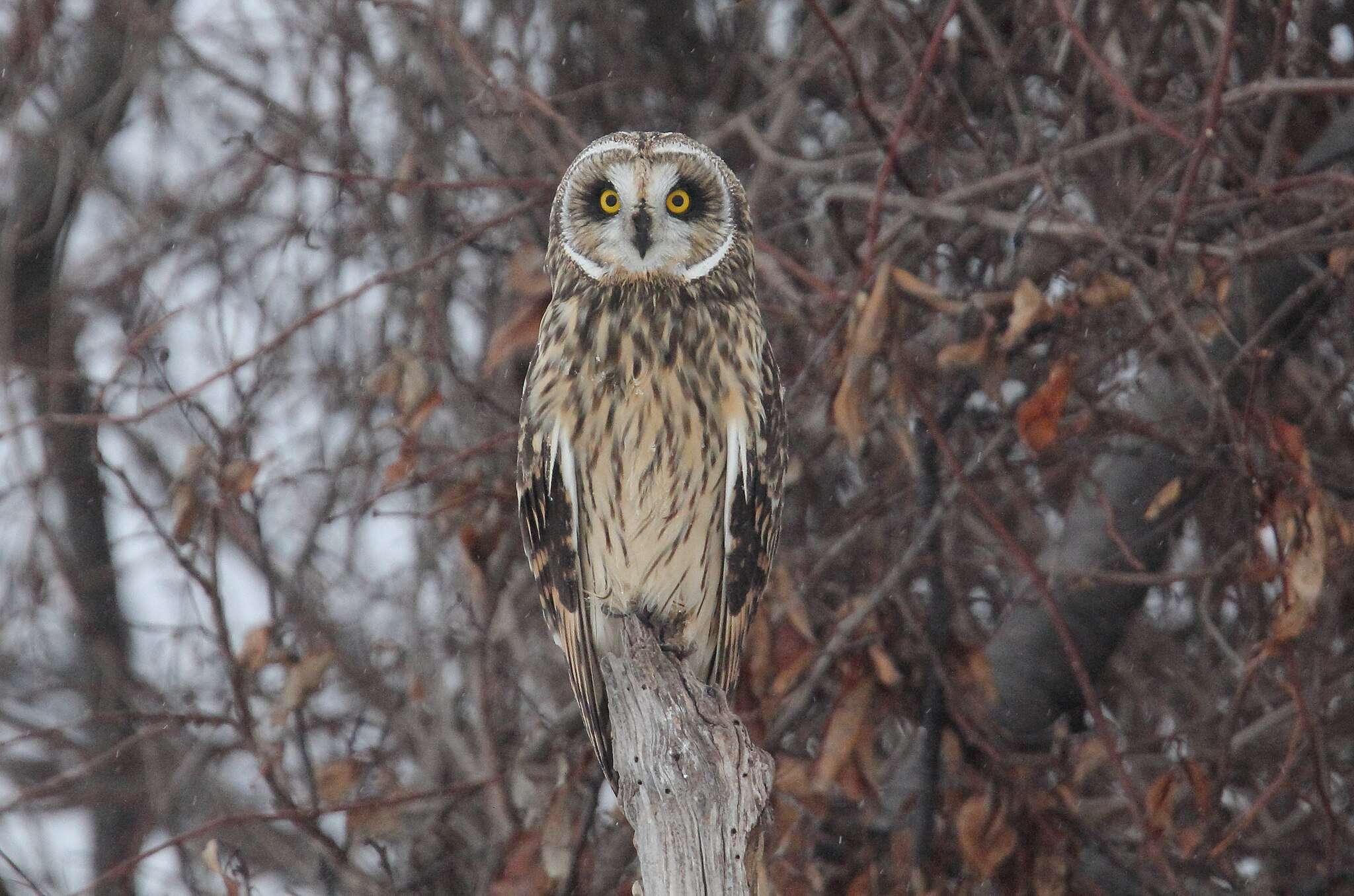
Waxwing Bombycilla garrulus
Slightly smaller than a Starling Sturnus vulgaris, the Waxwing is perhaps our most striking winter bird species. The species is unmistakable with its prominent crest. It is often seen in small flocks and feeds within trees and scrub. Waxwing typically eat 2-3 times their body weight each day. Favoured winter berries include Rowan, Hawthorn and Whitebeam Sorbus aria. Waxwing are not shy of human activity and can regularly be found in gardens and urban parks. Waxwing are more commonly found on the east coast of the UK but they will travel further inland in search of food.
In most winters, fewer than 1,000 individuals are recorded in the UK. However, during irruption years in which Waxwing breeding populations become too big for the food available, UK wintering numbers can swell up to and above 11,000.
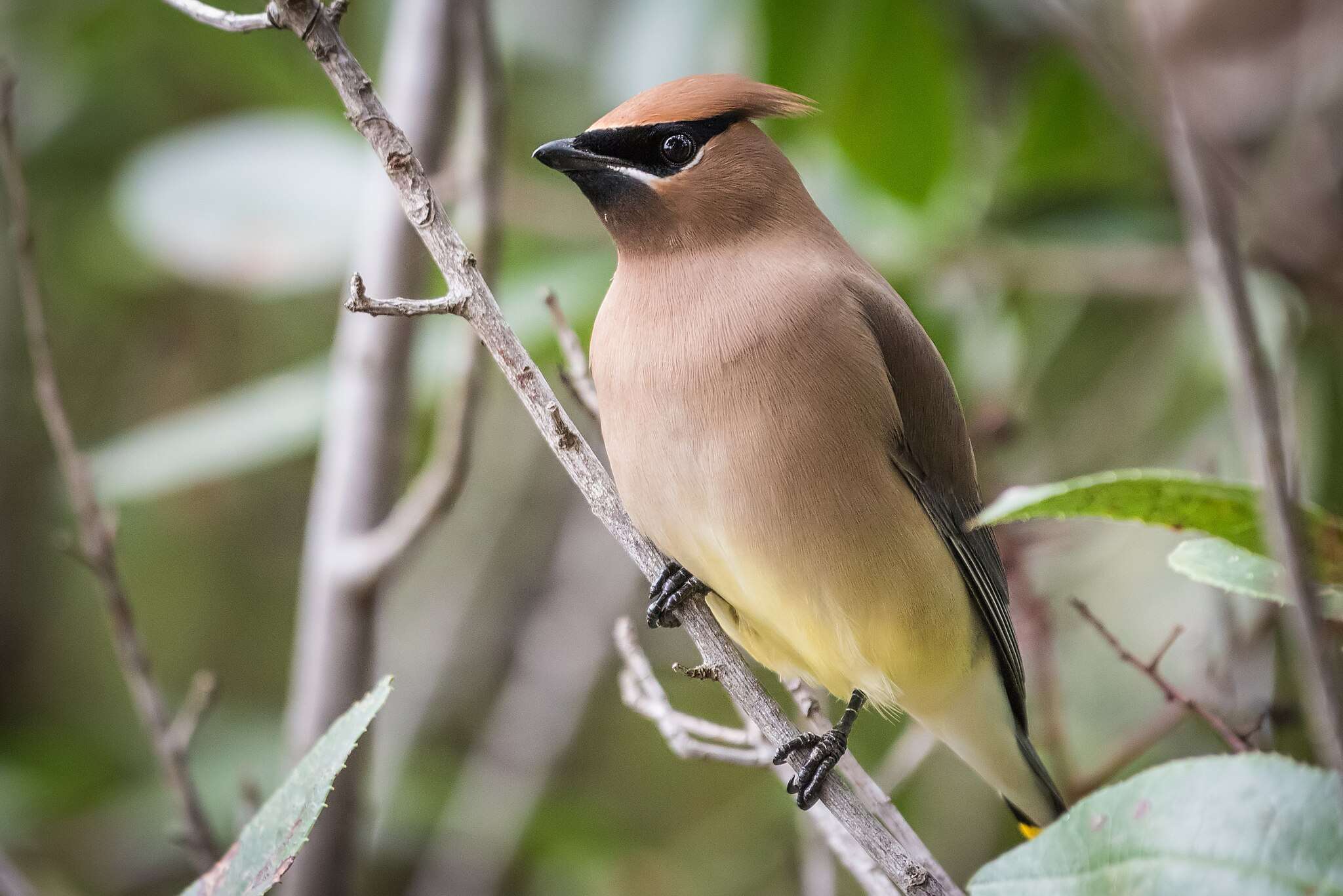
If you are undergoing a new development project and require surveys, please contact our ecology team. We are able to undertake daytime and nocturnal wintering bird surveys from November to March. You can email the team at ecology@nicholsonsgb.com or call us on 01869 340342.

